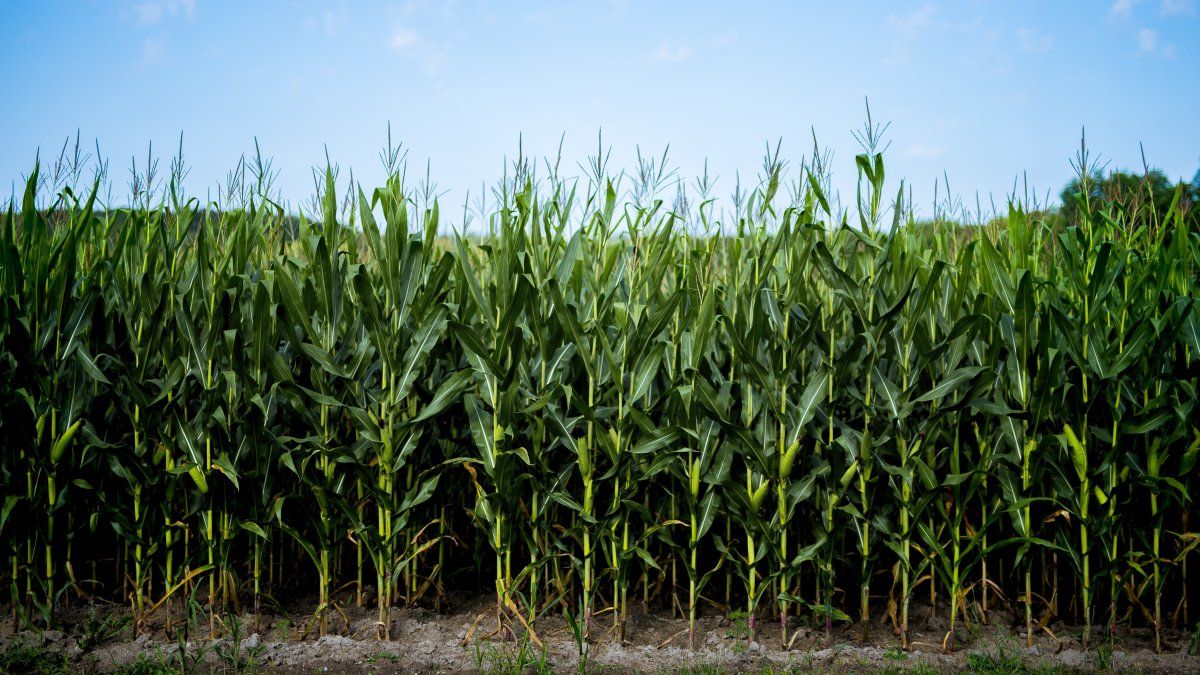The main corn producing province from Argentina brought together researchers, technicians, producers, leaders, officials and agricultural entrepreneurs, with a single objective: to talk about corn and seek to find answers for the crop in a challenging year from every angle.
From the very beginning, during the official opening of the event, the governor of Córdoba, Martín Llaryora, insisted on the need for a reduction in agricultural withholdings and at the same time called on the provinces of the energy league to promote a new law of biofuels where corn is an undisputed protagonist, as well as soybeans and sugar cane. According to Llaryora, “talking about corn is talking about green gold. It is one of the crops that the world has used as a lever for the second development of agriculture.”
The CIM convened all the actors that make up the corn universe in the country and after the presentation of experts and businessmen of the sector, it became clear that, as pointed out Pedro Vigneau, According to the academic organizer of the congress, there is an abundance of knowledge and talent in Argentine agriculture that can be leveraged to gain markets. In the field, and in particular in corn, there is an incredible opportunity because in a world that is turning from fossil to renewable, this cereal in particular is positioned as a highly coveted alternative.
The time for corn is now and with that premise, thousands of producers, advisors and technicians put forward concrete proposals to face a campaign that presents multiple challenges, such as producing in a context of falling prices in the international market, lack of rain (which could arrive this Friday or during the weekend) and with a plague that, in addition to stunting, left multiple wounds in the productive framework.
However, beyond a complex present, the congress generated during two days “the largest concentration of information worldwide on the crop,” as the founder of the congress warned, Joaquin Pinasco. This information is worth its weight in gold, because in this pivotal year, research and joint work between the public and private sectors are contributing everything to try to ensure that this campaign is resolved in favor of corn, because in reality “there is no possibility of creating modern, sustainable agriculture without corn.”
Research and technical work seek to beat the buzzer
With this idea as a foundation, companies rely on the knowledge acquired over the last year to respond to producers. Andres Caggiano, Product development manager at NK Semillas explained to Scope that “this year will not be the same as the previous one, because although we can find the presence of the chicharrita, There are aspects that allow us to start the race from another point.” The fact is that we are better prepared for the start of the campaign, although now the concern is not only about the squall, but also the lack of rain in several productive areas.
According to Caggiano, “the campaign is characterized by slow decisions. What we hope is that producers, as they lose their fear or learn the results of the pest monitoring network, will be encouraged to plant corn. That is why we believe that this situation will diminish, although we must not forget that the pest is here to stay and the best thing we can do is be aware that corn management requires paying attention, learning to read weather forecasts and learning to read population dynamics forecasts, because even if it diminishes, just as it disappears, it can return.”
To beat the leafhopper race, there are technological advances that can make the campaign simpler for producers when it comes to making decisions. Not only with the innovation that can be found in a hybrid, but also with digital tools. Leandro Ulrich, product development manager for corn at Nidera Semillas, explained to Ámbito that this year hybrids were launched for the northern and central areas, but at the same time a digital proposal called Asista, which allows producers to obtain recommendations on planting date, density and fertilization because it combines agronomic models and artificial intelligence to offer product and management recommendations for each of the fields.
It is clear that, as he explained, Fernando Guerra, KWS Argentina’s product development manager, says: “Beyond the chicharrita there is a very promising future for corn. We have to think about the crop based on the opportunity that the core area has to recover yield potential, where this has not happened for three years. We must focus on the stability part that does not have or did not have spiroplasma and strengthen ourselves in agronomic management and genetics. Work on corn with a sanitary profile, just as we did opportunely with the blight or further back in time with the Río Cuarto disease, which did not remove corn from the scene but accommodated it, supported it and established new bases for the cereal.
As Guerra highlighted in dialogue with Scope, “What is missing is for producers to take a position to see what kind of corn they want to produce, because the margin they will have is to produce good corn. We tell them that the worst thing is not having a plan, which is the same as going out at the last minute to look for corn when it starts to rain.
Finally, Dario Oleszczuk, NEA specialist from Bayer, highlighted the importance of germplasm and a pyramid of variables that include knowing, predicting and managing the disease. The toolbox also uses chemical or biological, foliar and seed treatments, but “if I make a mistake in choosing the hybrid, there is no treatment that is worth it”, which is why the expert highlighted Bayer’s breeding program, which in recent years has combined temperate and tropical genetics, crosses that provide health and stability and in which tolerance to spiroplasma becomes dominant in the selection.
There is no doubt that the chicharrita has gained centrality in the corn chain and that if the rains come, decisions will have to be made on the fly. The CIM taught us that “the pressure of the plague will decrease with greater knowledge and joint work between specialized centers in the public and private sectors.”
There are no magic solutions, so we will have to rely on traditional applications, biological control and, without a doubt, add knowledge, because that may be the key to preventing the surprise of corn and the decline in area from being so abrupt.
Source: Ambito
I am an author and journalist who has worked in the entertainment industry for over a decade. I currently work as a news editor at a major news website, and my focus is on covering the latest trends in entertainment. I also write occasional pieces for other outlets, and have authored two books about the entertainment industry.




